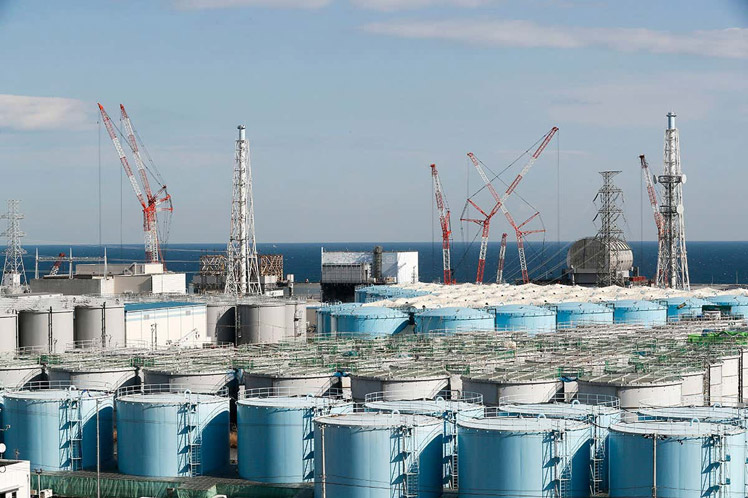A team of three members of the IAEA, led by Lydie Evrard, head of the Department of Nuclear Safety and Protection, visited the plant that was affected by the collapse of a reactor after a strong earthquake and a tsunami in 2011, Asahi Shimbun newspaper reported on Friday.
The experts prepared for years for the IAEA’s follow-up of the dumping of water into the Pacific Ocean, an action that is expected to take several decades.
The water was used to cool the plant’s reactors, part of it is reused as cooling water and the rest is stored in tanks.
The Japanese government announced in April that it will begin dumping water from reservoirs in the spring of 2023, so that hundreds of storage tanks at the plant can be removed to make room for other facilities needed for the dismantling
The idea was strongly rejected by fishermen, local residents and neighboring nations of Japan, including China and South Korea.
jg/lcr/mgt/gfa









